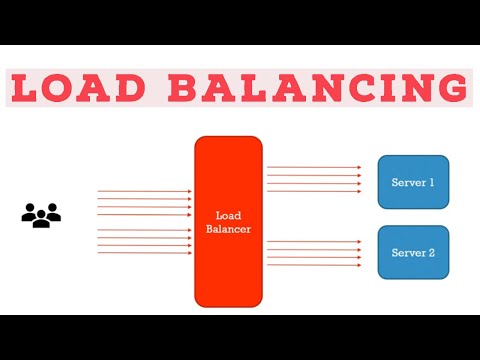A server cluster is a bunch of servers working together with a standard IP tackle (the IP handle is common through server and firewall configurations). It additionally cambodia vps ensures greater availability, proper load balancing, and system scalability. A server cluster is a group of servers that collaborate on a single system to supply users with increased availability. These clusters are used to minimise downtime and outages by allowing another server to take over within the event of an outage, a function called redundancy. In this article, we will explain all about server clustering, which increases reliability and scalability of server techniques..
Monitoring And Upkeep Of Clustered Servers
Downtime can result in productiveness loss, revenue decline, and harm to status. Server clusters minimise this risk by guaranteeing system accessibility even within the event of hardware failure. Read on as we discover the key options, varieties, and benefits of server clustering. As Soon As the clustering know-how is selected, the next step is to configure the server cluster.
Q: What Are The First Elements Of A Server Cluster?
Moreover, server clusters have a disaster recovery plan, guaranteeing that knowledge and applications could be quickly restored and introduced again online after an incident or catastrophe. Every node has its copy of the cluster’s configuration data which constantly flows throughout all nodes. Nevertheless, essentially the most node set clusters do not need a shared storage bus to perform as every node has its storage system for duplicate quorum information regionally. Since the arrival of new applied sciences globally, there has been a demand for enhancing knowledge middle optimization and efficiency. A server cluster provides a user with a number of advantages over a regular data middle server, corresponding to improved scalability, high availability, elevated reliability, and redundancy. Thus excessive availability clusters are commonly used for on-line shops, as nicely as for software program that requires critical processes to run constantly.
- Traditional partitioning cuts data into rigid sections primarily based on partition columns, which can trigger problems like small file proliferation and uneven knowledge distribution.
- Usually, servers dealing with information, printing, databases, and messaging are clustered.
- Application failures are unavoidable and can in some unspecified time in the future happen to a server.
- We usually use this type of cluster, for business web sites which have excessive visitors such as e-commerce.

Q: What’s A Node In The Context Of Server Clustering?
However, as the time period “active-passive” suggests, not all nodes are simultaneously lively. In a two-node scenario, for instance, when the primary node is “active,” the second node operates in a passive or standby mode. When the incoming visitors or knowledge processing queries surpass the capacity of one server, they are often transferred to a different cluster server that’s available. Often, this transition can occur in two alternative ways — by way of manual or computerized means. A customer support consultant at a local knowledge centre or hosting provider can clarify the differences between the three fashions and help you decide which is best for your small business.
Leave a Reply